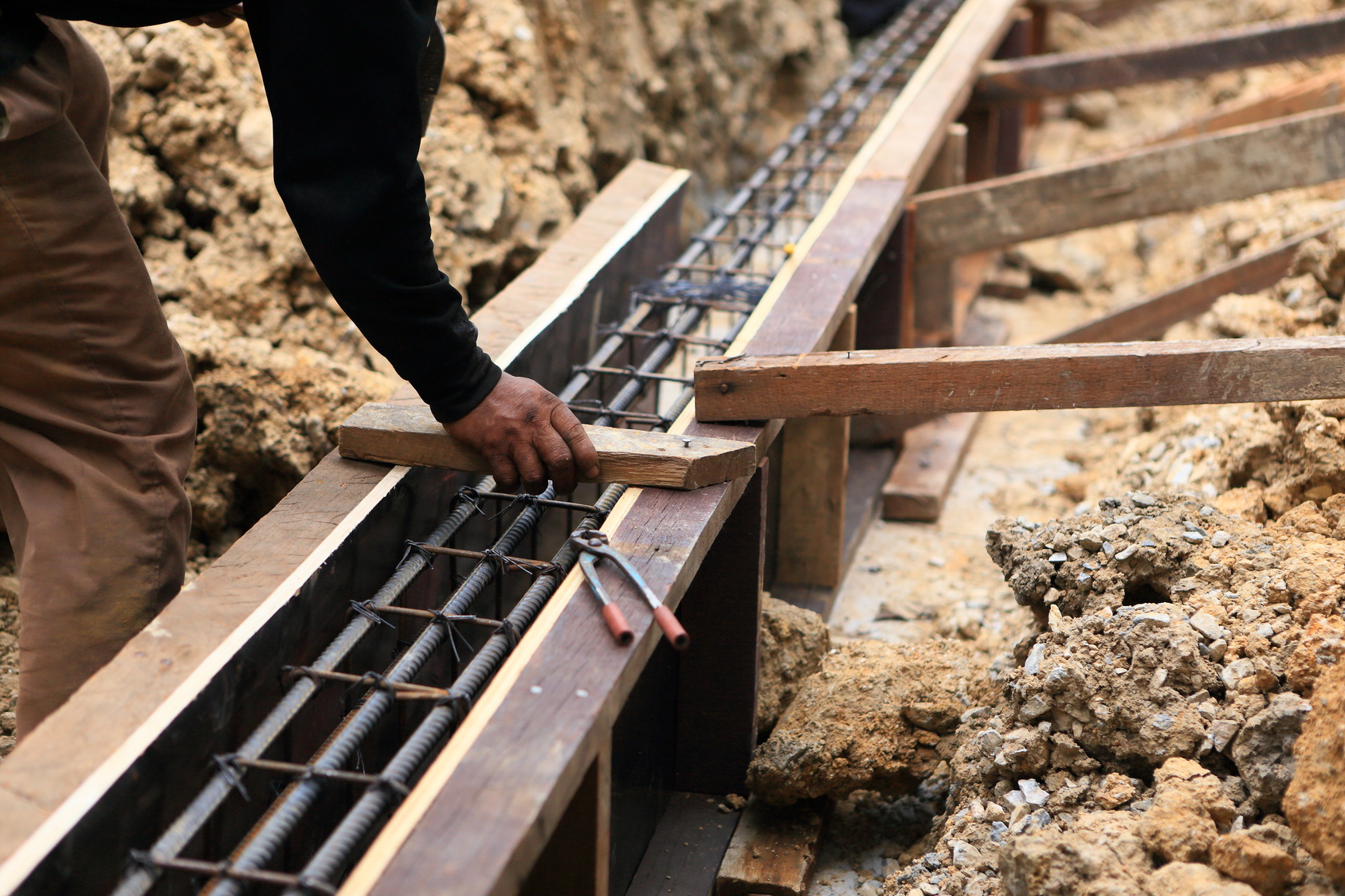How to Know if Your Property’s Foundation is Damaged
Foundation or structural damage is an issue no homeowner can afford to ignore. But how can you tell if you need foundation repair? We’re sharing how here.
Did you know that around a quarter of all homes in the US have experienced foundation issues due to expansive soil damage? And this is particularly relevant if you live in Dallas!
The term ‘expansive soil’ basically means the soil contains a lot of clay. When that soil gets wet, it expands and moves. And when it dries out, the soil shrinks.
This may not sound like too big an issue, but it can actually cause extensive damage to the foundations of your home over time, due to the excessive movement. It’s a problem that must be addressed quickly.
Spotting The Damage
So how do you know if your home needs Foundation Repairs? What signs should you be on the lookout for, and what happens if you do nothing?
Let’s start with the last point.
The longer the problem is left, the more serious it will become. Simple.
So in terms of hard cash, that could mean the difference between hundreds of dollars, and thousands.
On the exterior of your property, you may notice small cracks along the edges of your concrete slab. Generally, this isn’t a big issue. It’s more a case of the house ‘settling’.
Major Telltale Signs
Indoors is where you will discover the major telltale signs, and they are pretty easy to notice. For example, doors and windows that once fitted and worked perfectly will start to jam or not close properly.
Cracks in the walls, particularly around doors and windows, are another big giveaway, along with cracks in tiles or vinyl laid over a concrete slab.
Sagging floors and warped ceilings should immediately ring alarm bells. If you’re not sure, check with a level tool, or simply roll a ball across the floor.
Did The Earth Move?
Other key areas to check are junction points – that is, where corners, walls, ceilings and moldings meet. Sometimes, homeowners report that they can actually hear their house moving!
At this point, you should probably be calling in the experts to get a professional opinion. If, however, you want more proof of damage before arranging Foundation Repairs, prepare to get dirty!
The most obvious signs will be in your basement or crawl space. Check that all posts and piers and solid and properly aligned. Check for any areas of rot with a screwdriver, and feel around for damp patches or puddles.
Bulges And Bumps
Now look at the property from the outside. Are there any signs of buildings leaning? Are there bulges in the foundation or any concrete walls?
If you’re still not sure, contact a Foundations Repairs company that offers free estimates and get it checked by the professionals.
The good news is that foundation problems seldom require the entire foundation to be replaced. And even if they do, a fair price can usually be negotiated.
You’re Not Alone
Generally, if caught early enough, smaller problems can be easily and quickly fixed. These include joint and horizontal cracks; stair step masonry cracks, and bulging walls.
If you do discover foundation problems, remember, you’re not alone. It’s a combination of time, weather conditions, and soil type, and sometimes just can’t be avoided.











